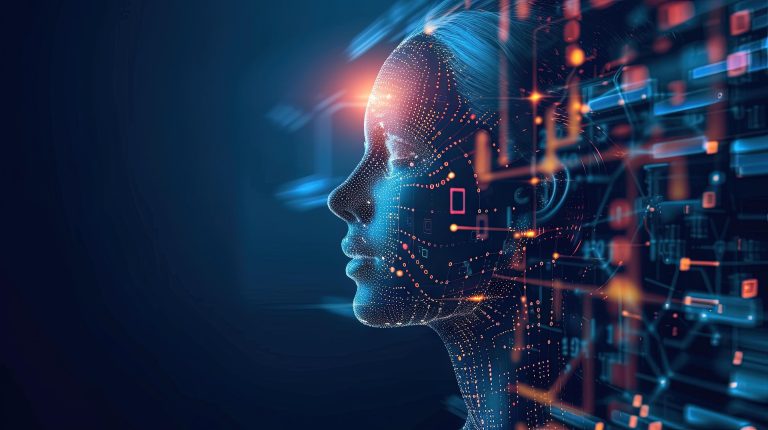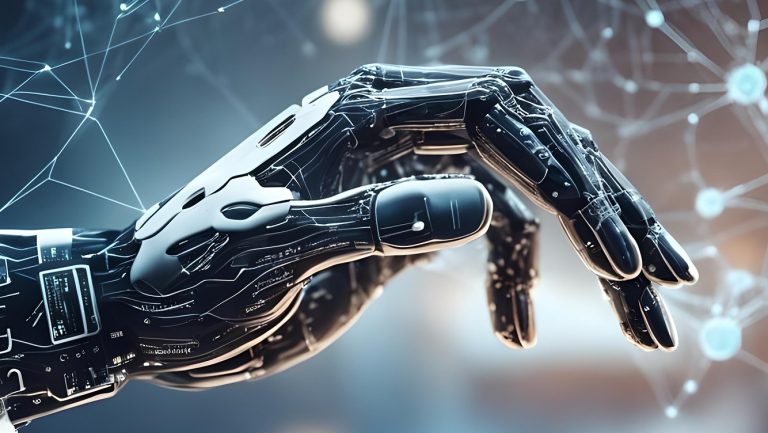Machine learning (ML) is one of the most exciting and powerful branches of artificial intelligence. But despite the buzz, many people still don’t fully understand what it means. Let’s break it down in a way that’s both accessible and intellectually solid.
What Is Machine Learning?
At its core, machine learning is about teaching machines to learn from data rather than being explicitly programmed. Instead of giving the computer a step-by-step list of instructions, we feed it examples—and let it figure out the rules on its own.
Think of it this way: A traditional program might follow instructions like a recipe, while a machine learning system tastes a hundred different versions of a dish and learns to make one by recognizing patterns in the ingredients and techniques.
Why Data Matters
In machine learning, data is everything. The more relevant, clean, and diverse the data, the better the machine can learn. This is why companies like Google, Amazon, and Meta invest heavily in data collection—because data fuels their algorithms.
Garbage in, garbage out. A machine can’t learn well from biased, incomplete, or misleading data.
Types of Problems Machine Learning Solves
Machine learning can tackle a wide range of real-world tasks, including:
- Classification: Is this email spam or not?
- Regression: What will the temperature be tomorrow?
- Clustering: Which customers have similar shopping habits?
- Recommendation: What movies should you watch next?
Each of these problems is solved by training the machine to spot patterns and make predictions based on data.
Training, Testing, and Improving
Machine learning is a cycle. Here’s how it works:
- Training Phase – The model is shown many examples (data + labels).
- Testing Phase – The model makes predictions on new, unseen data.
- Evaluation – Accuracy is measured. Did the model get it right?
- Improvement – Based on errors, the model is adjusted and retrained.
This loop continues until the model is good enough—or until it becomes overfitted (too specific to the training data).
Key Challenges
While machine learning is powerful, it comes with important challenges:
- Bias: If the data is biased, the model will be too.
- Overfitting: Too much memorization leads to poor generalization.
- Explainability: Complex models like neural networks can be hard to interpret.
- Ethics: Who’s responsible if an ML system causes harm?
These challenges remind us that learning machines are only as smart and fair as the systems we build around them.
💭 Thought-Provoking Question:
If a machine learns from past data, how can we ensure it helps build a better future instead of just repeating past mistakes?



